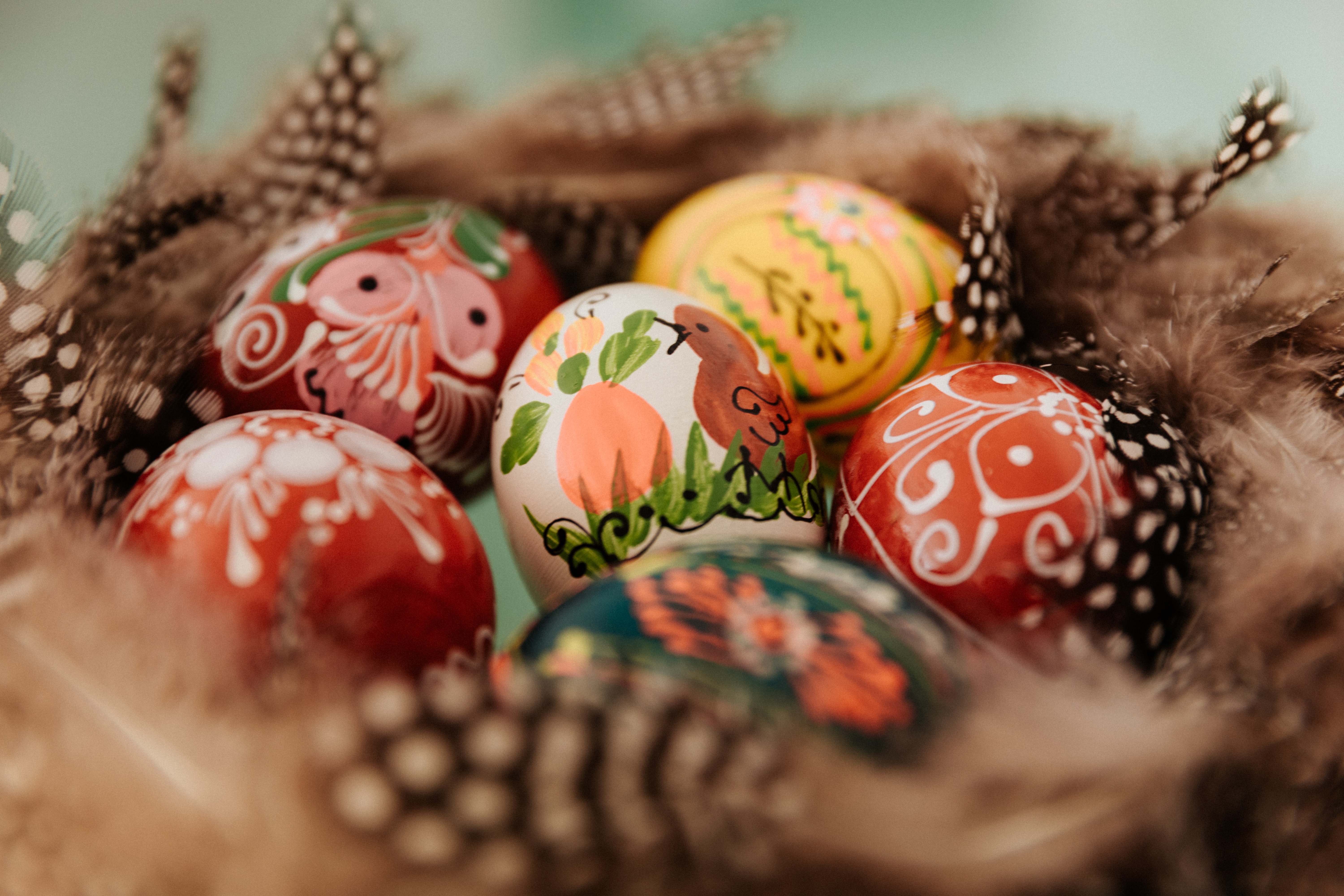This article originally appeared in the March 2023 issue of CONNECT.
Easter-Framing an ESL Lesson
Pitta-Gay Powell (Ehime)
It’s Easter!
It’s time for bun and cheese! Well, if you live in Jamaica, it’s time for bun and cheese. In the U.K., where the tradition is originally derived from, they have hot cross buns, chocolate eggs, and Easter biscuits in the shape of bunnies during this season. North America’s traditions also include Easter eggs and bunnies. The egg hunt is especially famous. But what’s so special about Easter traditions?
Well, many things actually, but for this article, we will focus on the joy Easter brings, and like Santa working overtime, let’s see how we can bring the gift of fun to the classroom through Western Easter traditions. Ho, ho, ho?
A Little History in a Nutshell
In a nutshell (or, for this season alone, eggshell), the Easter bunny and Easter egg have been adopted and adapted by Christians for whom the season was originally created. Bunnies have a reputation for being prolific procreators, so after a famous German doctor in France wrote about an egg-laying-hare in the 1600’s, the Easter bunny was created. Christians have since used eggs as a symbol of new life, which is significant considering that Easter originally celebrated the resurrection (new life) of Jesus Christ, and Easter falls in spring, where much of nature’s life is new or renewed. The story made its way into American culture in the early 1700’s.

Egg Hunting
Have you ever done an egg hunt? In Easter, countries which subscribe to the bunny-egg celebration have egg hunts which include mostly children and colorfully-decorated eggs. As the story goes, the tall-eared Easter bunny used to frolic around giving these beautiful chocolate or candy eggs to well-behaved children. However, times have changed and now it hides them and children must use clues to find them. It sort of gives work for your ‟bread”—or in this case, egg—energy.
The English Egg Hunt
So how would a teacher bring this into a lesson? Let me help you out here. Let’s explore using the egg hunt idea to frame a lesson about straight forward concepts such as infinite verbs or even expressing emotions.
You will need a blank drawing of an egg. Allow students to decorate one side with any coloring tool they have as a resource. You may also print the egg with decorations pre-drawn. That way, you save time since the students only need to color the egg’s decorations. On the other side, let them write an instruction for a classmate. I can only imagine the silly things they will have to do based on the egg they find:; jumping ten times, pulling their own hair, making various emotional expressions, etc.
On a separate strip of paper, help students to formulate a clue(s) since they will hide their eggs for a peer to find. Students are to code the egg and clue so they can be confirmed a match. To do this, have them write their name or a matching unique number on both the egg and the strip with the clue.
Separate the class into two teams. Let the first team stand with their backs turned and eyes closed at whichever end of the class. It shouldn’t take more than two minutes for the second team to hide their eggs. Repeat the egg-hiding activity with team roles reversed.
Have the teams exchange clues and let the brawl—I mean game—begin. Be sure to tell students not to reveal an egg that does not match their clue.
Finally, for this activity, give a point for everything—a point for coloring the egg, a point for writing the clue, a point for finding the egg, and a point for reading and completing the instruction on the back of the egg. To make the points system competitive, add a time limit in which points may be awarded. Students may need more time to complete tasks so allow them to complete them outside the point-restrictive time limit.
Another ‘Eggcellent’ Idea
Maybe the classroom context, for whatever reason, does not allow for an “English Egg Hunt”. Maybe your lesson focuses more on cultural exchange than it does on explicit vocabulary or any other language specific concept. There are other ways you can bring Easter fun to our little ESL (English as a second language) learners.
Consider making a presentation on the Easter bunny and giving a quiz afterwards. But, instead of a quiz, students have a drawing of a bunny or egg that has been segmented with various vocabulary words. Many of these words would have been said or explained in your presentation. Other words would be unrelated. Have students color only the section with a word of an Easter related concept.
It’s even more fun if they can trace the animal itself. I’ll show you an example. If it sounds complicated, I assure you, it’s not. Use canva.com and thank me later.
Easter Lesson, Easter Blessing
Even though I based the ideas here on the Easter bunny and its suspicious chocolate egg laying ability, the Easter season has concepts that can translate to so many fun ESL activities, especially when you consider the various ways it is celebrated all over the world. Using it to frame ESL lessons is a lot like fitting the globe into a single class. Cheers for globalization. Plus, students are more likely to remember things which are relevant, so I say, when in the season, use the season.
Pitta is an ALT in Ehime who enjoys bringing innovation and creativity to her classes. Often, you will find her creating books for little children or chasing one around. There is no in-between.
Featured image photo credit: Bianca Ackermann




